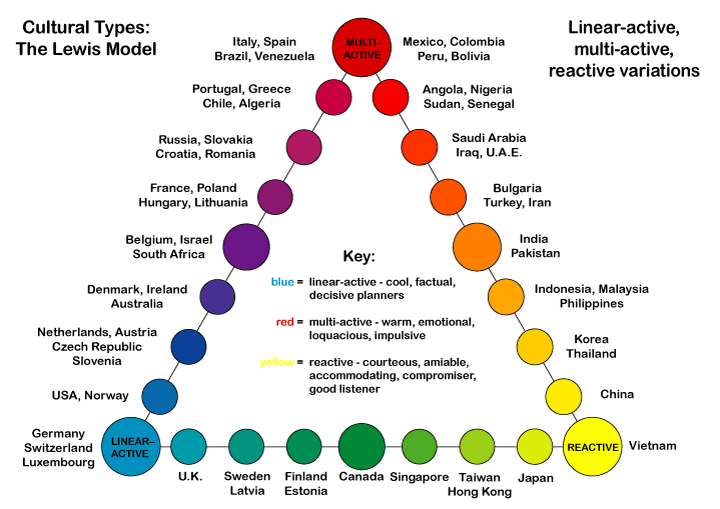Verbal and non verbal communication and the business environment in Canada
Canada is divided into different regions. This is a challenge as the country finds it difficult to identify its communication trait that is used nationally. Canada has a diverse culture due to regionalism. In spite of having diverse cultures, a number of common styles of communication are used by businesspeople across the country. For example, entrepreneurs in Canada use a polite, informal and easygoing language when making business transactions (Kwintessential 2008).
More often the communication that is used in business is to a small extent indirect. It reflects a combination of communication techniques that are used in both Britain and United States. Canadians are very diplomatic when handling both formal and informal transactions. Even when in disagreement, Canadians prefer doing so in a modest and diplomatic manner. They communicate in a significantly pragmatic way employing a lot of rationality when making transactions. Therefore, foreigners and business people who wish to visit Canada and set up their ventures are forced to adapt to this communication. This is meant to improve the relationship with the Canadians (Kwintessential, 2008).
Canada has two major linguistic groups – Francophone and Anglophone, which are scattered all over the country. Francophones are more modest and often uses indirect communication than the Anglophones who often use direct language. Therefore, it is important for the company to know the prevalent linguistic group found in the location of their choice. Also, the company should consider these language groups when planning to establish the business venture. Verbal communication is the most preferred form of communication especially in business transactions. Non-verbal communication is mostly considered to be a personalized style of communication. In most cases, it is used to emphasize the verbal messages in verbal communication. This also extends to businesses (Guffey, Rogin & Rhodes, 2009).
According to Lewis (2006), Canada lies between the linear active and the reactive cultural communication model as in the figure below.

The features of the communication models according to a survey by Lewis (2006) are as in the table below.
Source: Walker, Walker & Schmitz (2003).
Social Contact and business in Canada
Canada has a small population. The population of Canada stands at approximately 30 million people. With the amendment of the constitution, the Canadian population has become culturally diverse due to immigration of people from different continents. English is the main language spoken in Canada. This is followed by French and other foreign languages like Italian spoken by immigrants. The diversity of the population is an asset to business in the country. Canada rarely reports cases of racial discrimination, and thus business transactions take place between different races in the country. This is a motivating factor to foreigners who wish to establish business enterprises in the country. Canada has three major cities: Toronto, Montreal and Vancouver. All these cities are also viable centers of commerce with a big range of business ventures (Kwintessential, 2008).
Written communication and business in Canada
Just like in many other countries, written communication is used in completing business agreements and transactions in Canada. Written transactions complete the verbal business agreements (Guffey, Almonte & Karka, 2009).
As noted earlier, Canada is an industrialized country with an active business environment that is supported by an interactive culture of the Canadians. Canada has active industries, and thus a business venture that deals in machinery and other hardware tools is favorable. The major thing that will be required by the company is to learn and adapt to the culture of the Canadian population which are the customers to be for the company.
The company management has to ensure that the staffs sent to the country have a good grasp of English and French languages so as to capture the linguistic diversity. Also, a brief training on etiquette and some cultural considerations of Canada will be an added advantage to the company staff. This will aid in easing communication and transactions.
Reference List
Guffey, M.E., Almonte, R. & Karka, A.M. (2009). Essentials of business communication for English language learners. Toronto: Nelson Education.
Guffey, M.E., Rogin, P. & Rhodes, K. (2009). Business communication: Process and product. Toronto: Nelson Education.
Kwintessential, T. (2008). Cultural Considerations: Canada. Web.
Lewis, R. D. (2006). When cultures collide: Leading across cultures. Boston: Nicholas Brealey Pub.
Walker, D.M., Walker, T. & Schmitz, J.T. (2003). Doing business internationally: The guide to cross-cultural success. New York: McGraw-Hill.